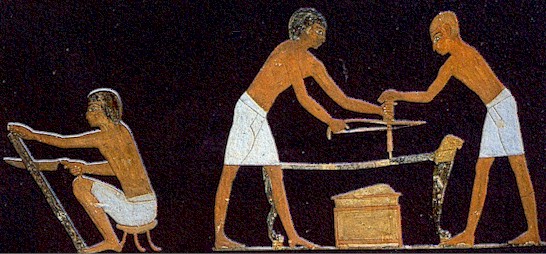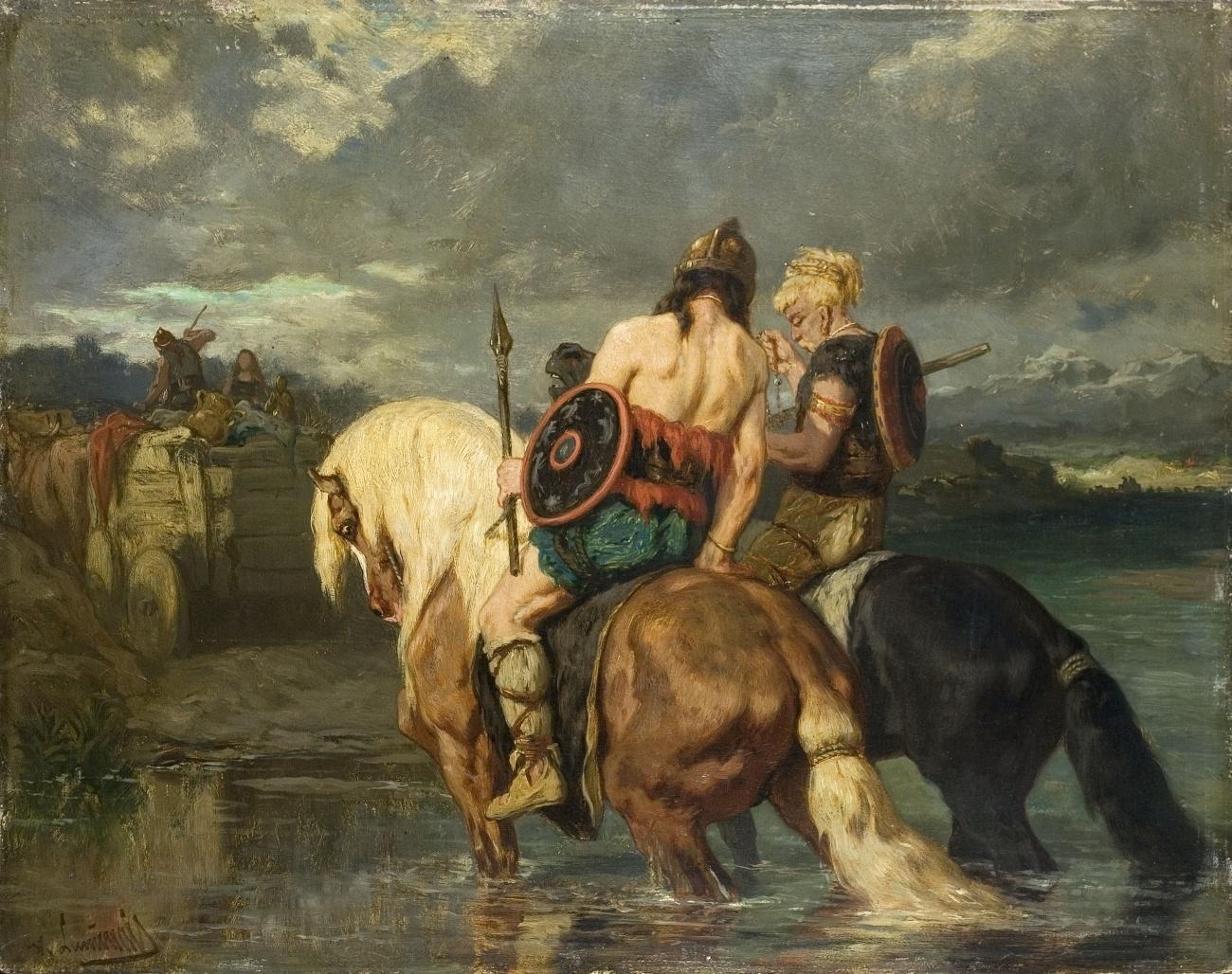

The kingdom emerged as a trading center for gold and salt.

Caravans with hundreds of camels would travel across the Sahara like ships crossing a sandy sea. The Ghana Empire, located in the modern countries of Mauritania and Mali, was a kingdom on the southwest edge of the Sahara Desert. It found success as a major trading center. The Ghana Empire, also known as the Wagadou Empire, formed about 790. Even if King Arthur did not exist, his legend suggests kingdoms played a role in the Middle Ages.Īt around the same time tribes and small kingdoms were warring over parts of Europe, the African kingdoms of Ghana and Mali were among the strongest of the Middle Ages. King Arthur would have been one of dozens, or perhaps hundreds, of kings in Britain at the time. If there was a King Arthur, he probably lived during the fifth century, after the Romans left Britain and before the emergence of actual, historical British kings in the eighth century. Accounts of his kingdom were written hundreds of years after it supposedly existed. Perhaps the most famous European kingdom of the Middle Ages was that of Britain’s legendary King Arthur. Tribes such as the Ostrogoths, from modern Romania, and the Franks, from modern Germany, were among those that formed small, unstable kingdoms in the early Middle Ages. In Europe, many small kingdoms were formed and fought over by tribes following the collapse of the Roman Empire in 476. During the Middle Ages, countless kingdoms formed and collapsed throughout Europe, Asia, and Africa. It is also referred to as the medieval period.

The Middle Ages was a period in history that lasted roughly from about 500 to 1500. Many empires did not have monarchs, however, so empire and kingdom are not always the same thing. Egypt in the New Kingdom stretched from modern-day Egypt, along the Mediterranean coast to modern-day Turkey in the north, and modern-day Eritrea in the south. The Egyptian empire reached its height in the so-called “ New Kingdom” period, under the leadership of the pharaoh Amenhotep III (1390-1352 BCE). The ancient Egyptian empire was a kingdom ruled by a monarch called a pharaoh, for instance. Empires were often headed by monarchs, making them kingdoms. Empires are geographically large political units made of many different cultural or ethnic groups. Many, but not all, ancient kingdoms were empires. Teotihuacan probably had more than 100,000 inhabitants, making it among the largest ancient kingdoms in the world at that time. The kingdom was centered in the city of Teotihuacan in modern Mexico City, Mexico. There is also evidence that the Sumerian kingdom traded and fought with neighboring peoples.Ī few thousand years later, the kingdom of Teotihuacan developed in North America. The Sumerians had their own written language and undertook complicated construction projects, such as irrigation canals and large temples called ziggurats. Sumer was a kingdom that existed between the Tigris and Euphrates Rivers in modern Iraq. The first kingdoms were established about 3000 BCE in Sumer and Egypt. Kingdoms also had the power to create and enforce laws. In return, subjects paid taxes or services to the monarch. Rulers of early kingdoms provided protection to their residents, or subjects. The world’s earliest kingdoms developed thousands of years ago when leaders began conquering and controlling cities and settlements. Elected leaders and constitutions establish laws for most kingdoms today. Most modern kings and queens do not control the government. Kingdoms are usually broken into smaller territories, such as city-states or provinces, that are governed by officials who report to the monarch. Kingdoms are rarely ruled by an absolute monarch, a single king or queen who makes all decisions for the entire state. Kingdoms can also be small, such as the kingdom of Brunei, which is smaller than the U.S. During the nineteenth century, the United Kingdom, ruled from London, England, stretched over five continents. Kingdoms can be huge, such as the United Kingdom. There have been hundreds, if not thousands, of different kingdoms throughout history. Kingdoms are one of the earliest types of societies on Earth, dating back thousands of years. A kingdom is often called a monarchy, which means that one person, usually inheriting their position by birth or marriage, is the leader, or head of state. A kingdom is a piece of land that is ruled by a king or a queen.


 0 kommentar(er)
0 kommentar(er)
